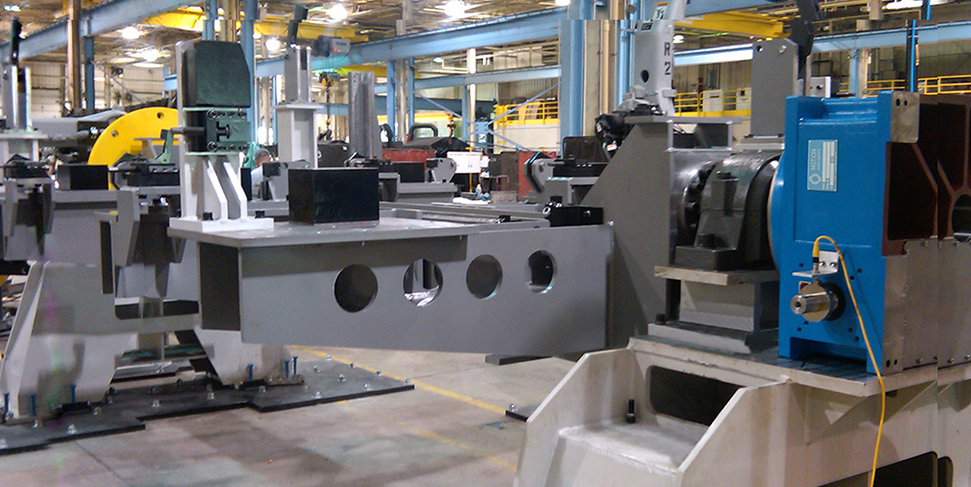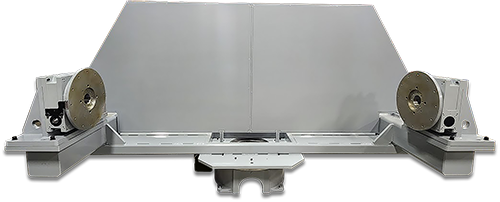Important Factors to Consider
WEIGHT
The mass the positioner can handle is critical to determining the right positioner that can handle your workpieces efficiently. It must support the weight of the workpiece, along with any fixtures or tools attached to it, without compromising performance. In cases where you may require greater load capacity, consider a dual-positioner or multi-axis system. Exceeding the weight limit can strain the positioner’s motor and structural components, leading to wear and potential failure.
Tilting Moments
The mass the positioner can handle is critical to determining the right positioner that can handle your workpieces efficiently. It must support the weight of the workpiece, along with any fixtures or tools attached to it, without compromising performance. In cases where you may require greater load capacity, consider a dual-positioner or multi-axis system. Exceeding the weight limit can strain the positioner’s motor and structural components, leading to wear and potential failure.
Unbalanced Loads
The mass the positioner can handle is critical to determining the right positioner that can handle your workpieces efficiently. It must support the weight of the workpiece, along with any fixtures or tools attached to it, without compromising performance. In cases where you may require greater load capacity, consider a dual-positioner or multi-axis system. Exceeding the weight limit can strain the positioner’s motor and structural components, leading to wear and potential failure.
Mass Moment of Inertia
The mass the positioner can handle is critical to determining the right positioner that can handle your workpieces efficiently. It must support the weight of the workpiece, along with any fixtures or tools attached to it, without compromising performance. In cases where you may require greater load capacity, consider a dual-positioner or multi-axis system. Exceeding the weight limit can strain the positioner’s motor and structural components, leading to wear and potential failure.
Speed of Rotation
The mass the positioner can handle is critical to determining the right positioner that can handle your workpieces efficiently. It must support the weight of the workpiece, along with any fixtures or tools attached to it, without compromising performance. In cases where you may require greater load capacity, consider a dual-positioner or multi-axis system. Exceeding the weight limit can strain the positioner’s motor and structural components, leading to wear and potential failure.
Integrating Low Backlash Design
The mass the positioner can handle is critical to determining the right positioner that can handle your workpieces efficiently. It must support the weight of the workpiece, along with any fixtures or tools attached to it, without compromising performance. In cases where you may require greater load capacity, consider a dual-positioner or multi-axis system. Exceeding the weight limit can strain the positioner’s motor and structural components, leading to wear and potential failure.


